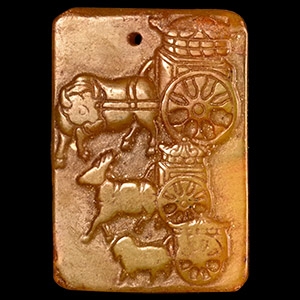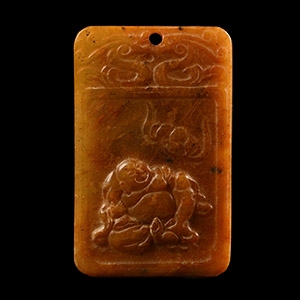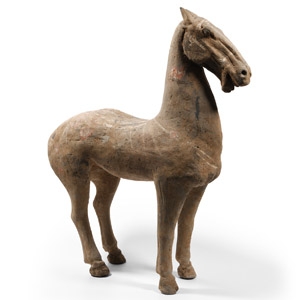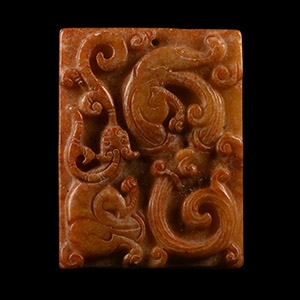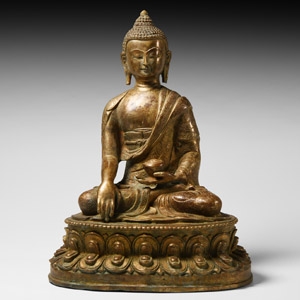Rectangular in form with Imperial ox carriage to one face and archaic Chinese characters to the other; pierced for suspension. 35.1 grams, 53 mm
Ex Paris gallery, 1990s.
With foot, the interior decorated with a standing bird amongst foliage, frieze of flowering foliage below the rim; provincial workmanship, repaired. 2.1 kg, 37.3 cm diameter
Acquired early 2000s.
Property of a Suffolk, UK, gentleman.
Property of an Essex, UK, gentleman.
Formed with a gently tapering convex side wall, everted rim and foot. 299 grams, 15.7 cm wide
From a late Japanese specialist collector, 1970-2000s.
Decorated with a polychrome vegetal border, circumferential band of vertical dashes above, shallow foot to base. 2.1 kg, 37 cm wide
Acquired 1990s-early 2000s.
East Anglian private collection.
Rectangular in shape and displaying a Buddha figure and swooping bird in relief, opposed serpentine beasts above; pierced for suspension. 25.9 grams, 52 mm
Ex Paris gallery, France, 1990s.
Sold for (Inc. bp): £1,040
The animal with erect neck and head, ears pinned back, painted face, bridle, harness and saddle rug; tail and rider absent. 9.3 kg, 60 cm
Acquired before 2000.
Collection of an American lady living in London.
Accompanied by an Oxford Authentication thermoluminescence analysis report no.C100a36, dated 7 January 2000.
See Prodan, M., The Art of The T'ang Potter, Thames and Hudson, 1960, for comparable examples and discussion.
Baluster-shaped with a rectangular foot and hexagonal rim, both faces with floral ornament. 71 grams, 82 mm
From the collection of H.N., Milton Keynes, 1980s-1990s.
Ceramic vessel lid with figurine of a cockerel and robed human rider, grotesque mask to the forward end; green and ochre glaze. 768 grams, 18.5 cm wide
Ex North Yorkshire deceased estate, 1990s.
Rectangular in form, displaying three figures around a central character within a roundel to one face; Chinese characters within a rectangular frame to the other; pierced for suspension. 46.6 grams, 60 mm
Ex Paris gallery, France, 1990s.
Of rectangular form, displaying sinuous beasts breathing clouds of flames or smoke; pierced for suspension. 45 grams, 56 mm
Ex Paris gallery, France, 1990s.
Of Eastern Zhou style helmet from a statue(?), domed with raised panels to the brim and vertical crest, hollow-formed spike above; the face-opening with shallow peak to the upper edge. 3.07 kg, 36 cm high
Acquired in the 1990s.
From a UK collection.
Cf. for original similar helmets Cheng Dong and Zhong Shao-yi, Ancient Chinese Weapons - A Collection of Pictures, Beijing, 1990, fig 12, no. 4-157, of 5th-3rd century B.C.
The earliest bronze helmets in China date back to the Shang Dynasty, covered the neck and ears, and were often decorated with taotie masks and animal faces to make the warrior appear fearsome. Chou (Zhou) bronze helmets were similar to the Shang types but less elaborately decorated, and it is thought that the hood-shaped styles of the later Han Dynasty were metal copies of older leather versions.
Hollow-formed and sitting cross-legged on a lotus-flower dais, cradling a vessel in his left hand and touching the earth with his right hand in the Bhumisparsha mudra at the instant of his enlightenment. 1.5 kg, 22 cm high
Acquired 1980-2015.
Ex Abelita family collection.
See Lutz, A. et al., The Return of the Buddha. The Qingzhou Discoveries, London, 2002, for discussion.

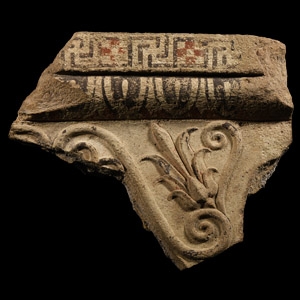
.jpg)


.jpg)
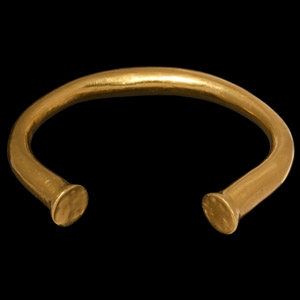
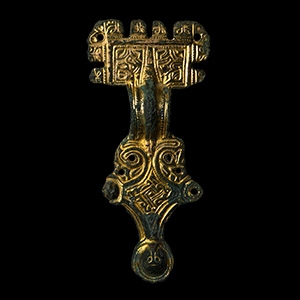

.jpg)
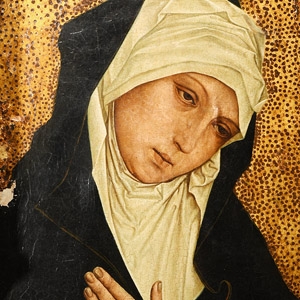

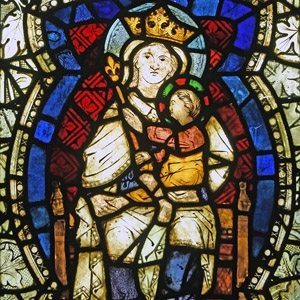
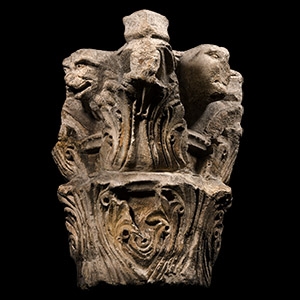
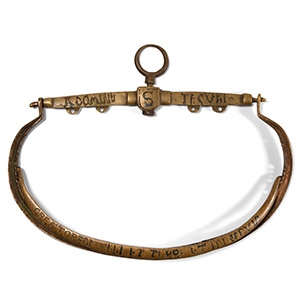
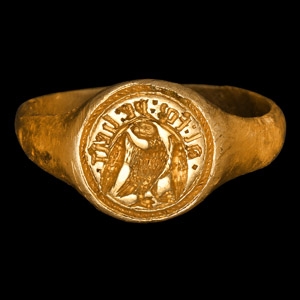
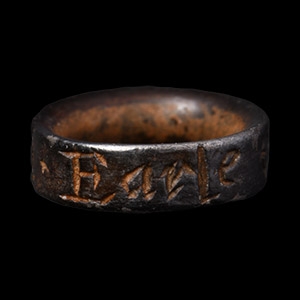
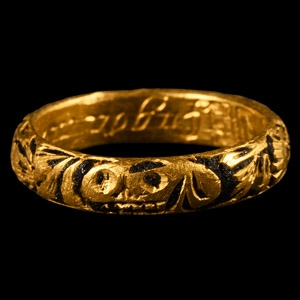
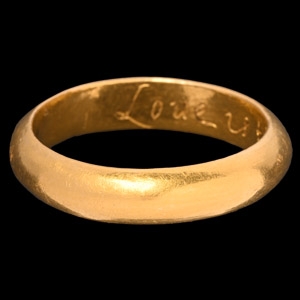
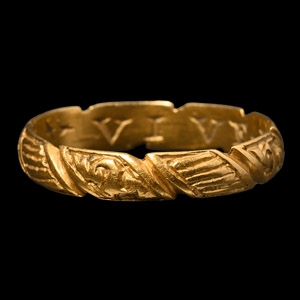
![English Milled Coins - George VI - 1937 - Cased RM Proof Coronation Gold Set [4] English Milled Coins - George VI - 1937 - Cased RM Proof Coronation Gold Set [4]](https://timelineauctions.com/upload/images/items/small/203351-s(2).jpg)
